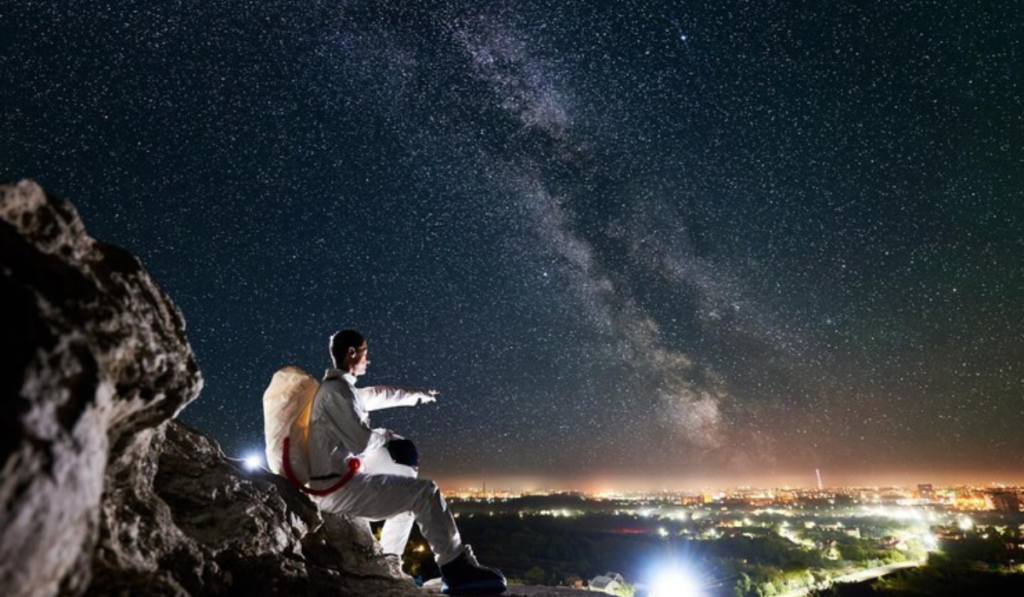Mastering Astrophotography Time-Lapse: A Step-by-Step Guide

Many astrophotographers dream of capturing the mesmerizing beauty of the night sky in a time-lapse video. With careful planning, the right equipment, and post-processing skills, you can turn hours of shooting into seconds of stunning visual storytelling. From preparation to post-processing, we’ll walk you through the process of shooting an astrophotography time-lapse, including some important additional considerations.
The Milky Way’s visibility throughout the year is crucial to understanding the Milky Way. Mid-February to late October is the best time to see it, but its position changes monthly, making it difficult to capture.
Plan your Milky Way capture with tools like the Stellarium app. In addition to providing useful information about celestial objects, this app assists in planning astrophotography sessions.
Light Pollution: Recognize how light pollution affects astrophotography. Light Pollution Map and Blue Marble Navigator can help you find locations with minimal light pollution for clearer night skies.
When planning astrophotography sessions, consider the phases of the moon. When the moon is new, with minimal light reflection, it is ideal for capturing stars and the Milky Way.
Before going on a shoot, prepare thoroughly. Safety and familiarization with the surroundings should be checked during the daytime at the shooting location. Maintain personal safety by wearing appropriate clothing, carrying appropriate supplies, and using appropriate communication devices.
Select a camera with manual exposure settings, a fast lens with a wide aperture, a sturdy tripod, and an intervalometer for precise timing for astrophotography timelapse.
Determine the optimal exposure settings to capture pinpoint stars without trails. Calculate shutter speed based on the camera’s resolution and the lens’ focal length by using tools such as the NPF calculator.
Identify the implications of enabling long exposure noise reduction. Timelapse sequences can become choppy as a result, although it reduces sensor noise.
Calculate the interval between shots and the number of frames required for the desired timelapse video length. Make sure you take into account the camera’s shooting speed and the time it takes to clear the buffer memory.
Incorporate foreground elements to add depth and interest to astrophotography timelapses. In order to maintain sharpness, make sure the camera is properly focused and that the subject is at a proper distance from the camera.
Timelapse sequences can be dynamically enhanced by adding motion. Ensure that the final video is stable and fluid by using motion control systems or post-processing techniques.
Timelapse videos can be enhanced with post-processing options for astrophotography. The addition of digital motion effects during editing can enhance visual appeal by simulating camera movement.
Conclusion: Summarize the guide’s main points and encourage readers to apply their newfound knowledge. The key to mastering this captivating genre is practice and experimentation.
Give proper credit to the photographer of images used in the article by acknowledging the source. Intellectual property rights are respected and integrity is maintained.
You can showcase the beauty of the night sky in motion by creating your own astrophotography time-lapse videos. As a result of this article, you will be well-prepared to embark on your journey into astrophotography timelapse. Take advantage of the process and let your imagination soar!


